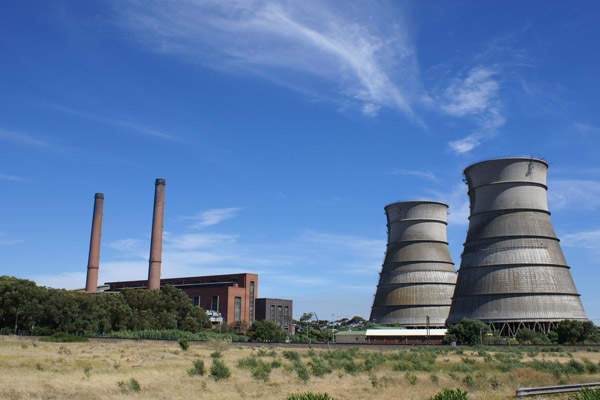
South Africa’s Minerals Council, which represents mining firms in the country, has claimed that over 200,000 jobs in the South African mining sector will be threatened in the near future. Close to half of these jobs could potentially be lost due to increases in tariffs granted to state-owned electricity supplier Eskom, the Minerals Council warned in a presentation on Monday.
Eskom first applied for the new tariffs in January, and they were approved by the National Energy Regulator of South Africa (NERSA) earlier this month. While Eskom asked for tariff increases of up to R783.6bn ($54.5bn), NERSA granted a raise of R665.2bn ($46.29), a figure the Minerals Council still considers dangerous for the mining sector, as miners use around 30% of Eskom’s annual power supply.

Discover B2B Marketing That Performs
Combine business intelligence and editorial excellence to reach engaged professionals across 36 leading media platforms.
“We are disappointed to again see higher-than inflation increases being granted to Eskom, amounting to nearly two thirds of what the power utility applied for,” said Henk Langenhoven, the Minerals Council’s chief economist when the tariff changes were announced at the start of the month.
“There is no doubt that these substantial tariff increases will have a major impact on the industry’s cost structure, jeopardising the viability of marginal and loss-making mines and, inevitably, accelerating job losses at energy-intensive mines in particular.”
These “energy-intensive” mines are predominantly gold operations, as the precious metal requires more electricity to process than other minerals. According to the Minerals Council, 71% of gold-mining operations, accounting for 60% of the country’s gold production, are making either marginal gains or losing money. The council predicts that over 95,000 jobs could be lost at gold mines due to a combination of the new tariffs and other economic factors.
Across the country’s mining sector, production costs are expected to increase by 29% over the next three years. This will mean the number of marginal or loss-making companies will increase from 15 to 20, and account for 95% of all South African gold mines by 2022.

US Tariffs are shifting - will you react or anticipate?
Don’t let policy changes catch you off guard. Stay proactive with real-time data and expert analysis.
By GlobalDataEven so, the Minerals Council expects total national gold production to increase over this period, from 61,361kg in 2019 to 105,156kg in 2022.
The group predicts a similar fate for the country’s platinum group metals (PGM) sector, with production costs also expected to increase by 29%, and the percentage of marginal or loss-making projects in the sector increasing from 65% now to 75% in 2022. Total PGM production is also expected to increase, but to a much lesser extent than in the gold sector, with the Minerals Council expecting the 31.5m tonnes milled in 2018 to increase to 40.5m tonnes in 2022.
The impact on employment in the PGM sector is expected to be the most significant, with the Mineral Council claiming that over 111,000 jobs will be threatened by the new tariffs and other economic factors.
“In total, as many as 90,222 jobs would be at risk solely as a result of the MYPD4 tariff increases granted to Eskom,” said the Minerals Council in its report. “This figures excludes existing sector-specific challenges. Given the mining sector’s dependency ratio of 10 people supported by each mining job, the potential socio-economic implications for the country are dire.”





